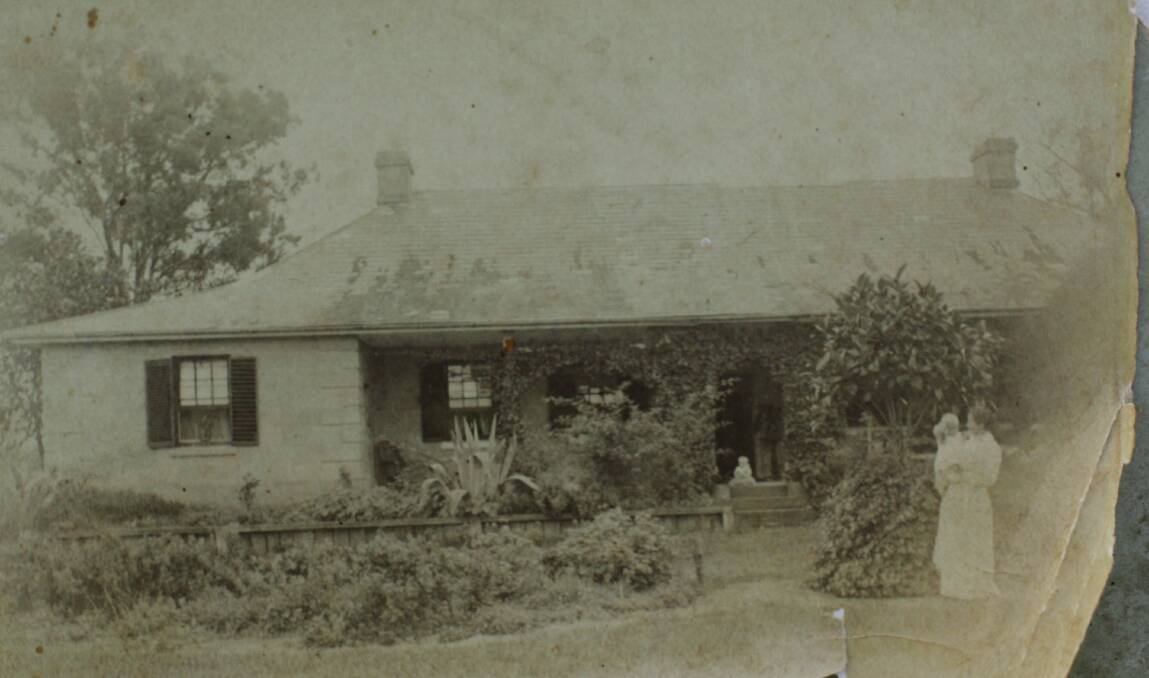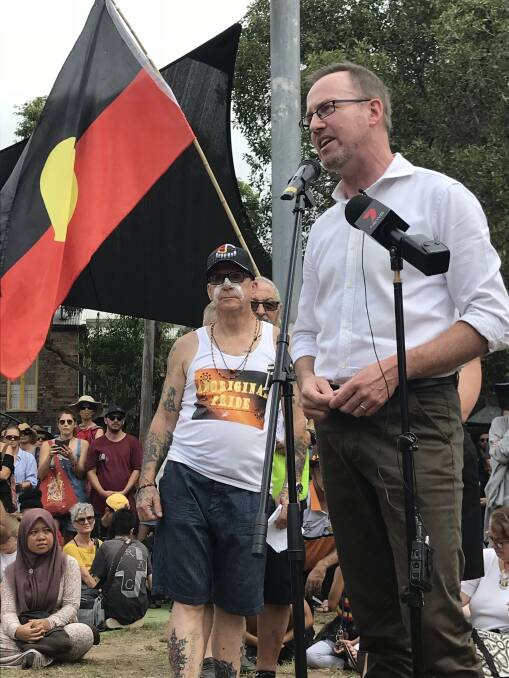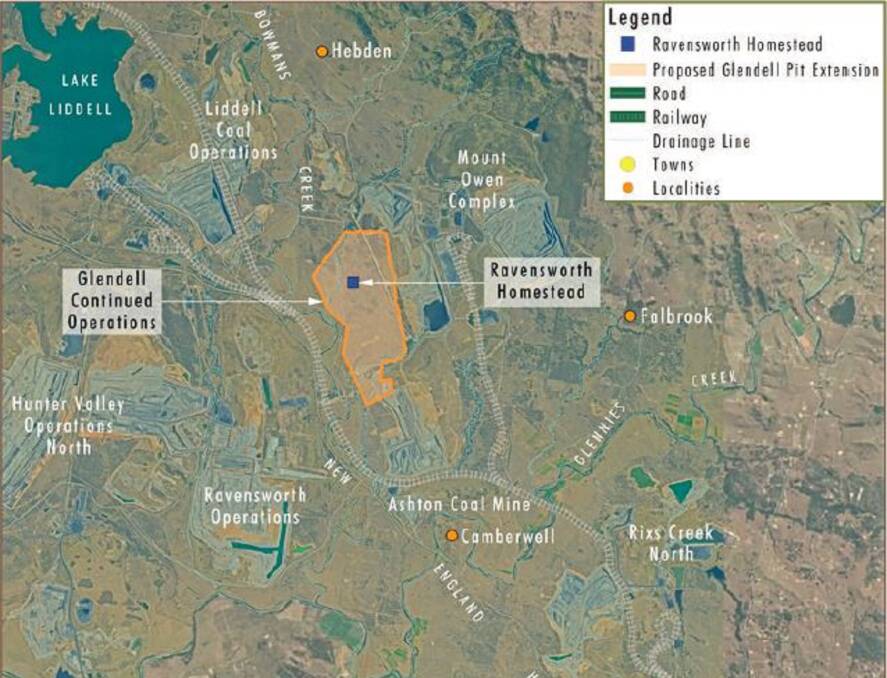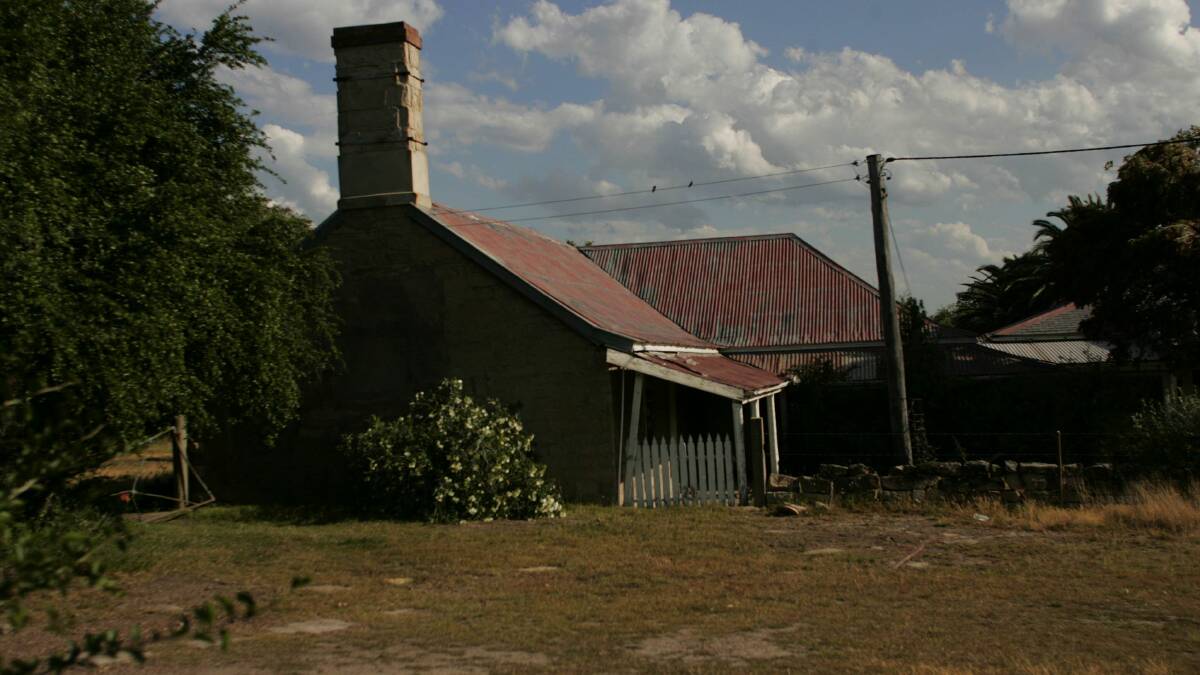
A stretch of the Upper Hunter where 18 Aboriginals were slaughtered in the 1820s could be protected from mining if a landmark Commonwealth application to have the area declared culturally significant succeeds.
Subscribe now for unlimited access.
or signup to continue reading
Greens MP David Shoebridge, on behalf of the Plains Clan of the Wonnarua People, has asked the federal government to declare Ravensworth Homestead and the surrounding area as a site of special significance to Aboriginal people.
The application aims to stop the proposed Glendell Continued Operations Project open cut mining project, which would swallow the site if approved.
Colonial records show a series of attacks and counter-attacks between Aboriginals and settlers occurred at the Ravensworth Estate and the adjoining Lethbridge Estate between 1825 and 1826.
In one particularly brutal incident the body of a slain Aboriginal was hung from a tree as a warning to others.
the soldiers had taken him from the description, that was given by the fencers, before he was brought to Dr Bowmans to be identified, a garrison report from September 1826 says.
The body of this Black was hung up by the men on the farm as a terror to the other Blacks.
Tensions culminated in late 1826 when, with the endorsement of Governor Darling who sought revenge for the murder of two settlers and destruction of crops, a posse of mounted police and settlers hunted down and massacred a group 18 Aboriginals.

Mr Shoebridge described the correspondence between Upper Hunter landowners to Governor Darling as distressing.
Bowman and other landowners demanded mounted police and soldiers be sent to their properties to stop Aboriginal resistance. The Governor responded by actively encouraging them to engage in vigilantism with vigorous measures to protect their property.
This is the history of Ravensworth, its a dark, uncomfortable history for modern Australia, but its a proud history of resistance for Aboriginal people. We cannot sit by and let it be erased for an expanded coal mine.
The existing Glendell mine, which employs about 300 people, is approved to continue operating until 2024.
The Continued Operations Project would extend the mines life until approximately 2044 and result in the extraction of an additional 140 million tonnes of coal.
The homestead comprises four sandstone buildings and a timber cottage.

Dismantling and relocating the homestead buildings is among the options being considered as part of the project.
Mr Shoebridges application has been made under sections 9 and 10 of the Aboriginal and Torres Strait Islander Heritage Protection Act, 1984.
If approved, it would be the first successful application made under the Act in NSW.
Federal protections are increasingly important because state planning laws turn off state heritage protections when a matter is a state significant development, Mr Shoebridge said.
Wonnarua descendent Scot Franks said mining had destroyed many sites of Aboriginal significance in the Upper Hunter.
Theres a big black hole in the Hunter Valley regarding what happened up there. Our people of Wonnarua have never been able to explain what happened to a population of 5000 to 6000 people, he said.
Today we are now starting to see government dairies that contain word by word accounts of the hostilities by the garrison, the farmers and the mounted police against our people.
A Glencore spokesman said there were no valid grounds the application to protect the homestead.
There is no imminent threat to the homestead site. Glencore is in the early stages of undertaking an Environmental Impact Assessment into extending the life of its Glendell open cut mine operations, he said.
As part of the Environmental Impact Assessment preparation, preliminary investigative works are being undertaken by subject matter experts to inform detailed assessments for historic and Aboriginal cultural heritage.
The Plains Clan of the Wonnarua People has been, and will continue to be, given the opportunity to provide input into these studies.
The company disputes the assertion that a massacre took place at the homestead.
To date, Glencore has been provided with no evidence to validate claims in the section 9 and 10 application that the homestead is the site of an Aboriginal massacre, he said.

We acknowledge that Ravensworth Homestead is a site of local historical significance.
We have engaged leading heritage specialists and historians to research state, national and international archives, and sought input from local community members, to provide a detailed and accurate history of the homestead site as part of the process.
Mr Franks is also in dispute with the NSW Office of Environment and Heritage regarding his attempt to register five Aboriginal Heritage site cards for the area in question.
Although I had evidence from the Crown, the Garrison, OEH management have deemed to suspend those site cards. Im still at a loss as to why those cards were suspended based on credible evidence, he said.
An Office of Environment and Heritage spokesman said Mr Franks site cards were still under consideration.
Mr Franks submissions are marked as under investigation until further work is undertaken to validate the site reports, he said.


